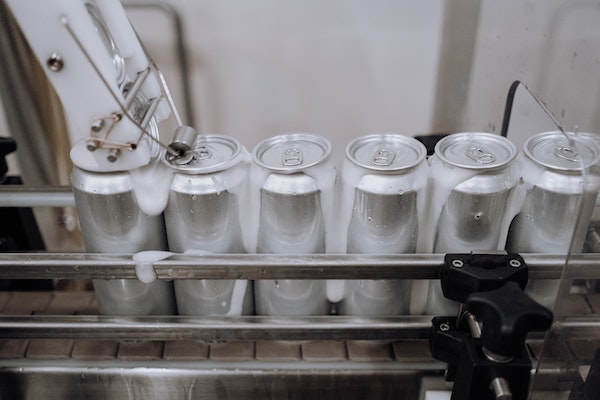By Buffy Hagerman, Marketing Communications Manager at Key Technology
The food industry will always be inextricable from our ever-changing health and economic environments, and recent challenges in these areas have brought automation to the forefront. Automation in the food industry has historically been quite challenging — and remains so — due to the need to handle a broad range of nonuniform products while meeting the necessary stringent safety standards.
Large food companies are, however, increasingly proving effective, efficient food automation to be possible and are reaping the rewards. Read on to learn more about the current face of automation in the food industry and what it means for production, efficiency, and safety.
Applications of automation in the food industry
Automation in the food industry takes many forms. These include:
- Robotics: Robots are a fundamental underpinning of automation, and today’s food industry robots feature advanced technology that ensures they will remain a key part of the future of automation. Robots can nearly replicate human grabbing and multiaxis movement, yielding massive benefits in harsh environments (such as freezers) as well as lights-out processes. Robots, often in collaboration with human workers, continue to fulfill a vast array of duties on the production line, as well as in picking, sorting, and fulfillment. Integrated conveyor and sorting systems are among the most efficient uses of automation in facilities today.
- Artificial Intelligence (AI): AI technology is used in several areas in food manufacturing, including visual inspection of livestock and food products for safety and proper handling, as well as indication on the facility floor of whether personnel are carrying out proper safety measures, including proper hygiene, gowning, and handling procedures.
- Packaging: With today’s advanced automation, even traditionally difficult-to-handle food products such as meat and poultry can be effectively prepared and packaged through automated processes. Automated equipment can dismantle (rather than cut) meat from the bone and accurately package product in the volume necessary — all with little to no hands-on intervention from workers.
- Drones: Drones play a key role in the farming and agricultural component of food manufacturing, aiding in seeding, planting, fertilizing and applying pesticide, as well as visual inspection of planting areas and other parts of agricultural facilities.
Benefits of automation in the food industry
The automation applications described above are yielding immense benefits. These include:
- Cost: Automation creates efficiency, which in turn creates cost savings. By enabling facilities to carry out processes in a more productive fashion — increasing speed and throughput — automation can reduce overall production costs while increasing output. New automation infrastructure often requires a significant upfront investment, but this investment will pay itself back in a predictable manner, yielding cost benefits once the break-even point passes.
- Speed: Production speed is a part of increased productivity and efficiency, but still merits its own mention. Faster production means a better adherence to deadlines, closer adherence to customer requirements, and overall increased customer satisfaction, which can create major business benefits in the long term. While increasing the speed of processes, automation can also free up personnel to carry out higher-value tasks that cannot be completed by machines, further increasing the return on your investment.
- Safety: Food manufacturing poses numerous risks to workers, including extreme hot and cold environments, exposure to dangerous equipment (for example, cutting and slicing equipment) and concerns about proper food handling (for both employees and end customers). Automation attenuates these risks by using robots and other equipment to carry out the most dangerous processes, while taking workers out of the harsh environments that can pose the greatest risk and discomfort. Handling by automation equipment also vastly reduces the risk of cross-contamination.
- Resiliency: As mentioned, automation in the food industry has traditionally been considered too difficult to be worth the effort. In today’s food manufacturing landscape, however, automation has enabled continuity and safety in the facility on an unparalleled level, especially in the face of nearly unprecedented demand.
Automation is poised to continue expanding and improving now that the benefits are becoming fully realized. These applications and benefits give you the foundation you need to understand the role of automation in food manufacturing today.
